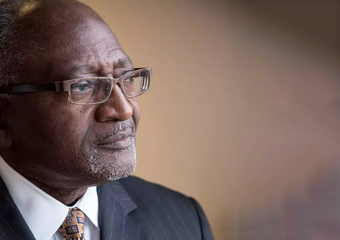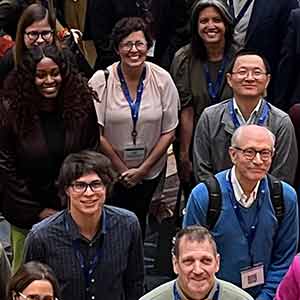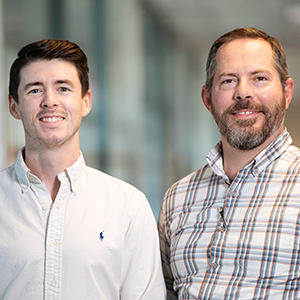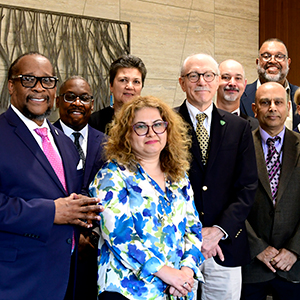Robert Bullard, Ph.D., known as the father of environmental justice, recently shared his thoughts on how NIEHS can tackle health disparities and improve the well-being of people in low-income and minority communities. Those individuals are often disproportionally affected by conditions that range from air pollution to lack of accessible green spaces.
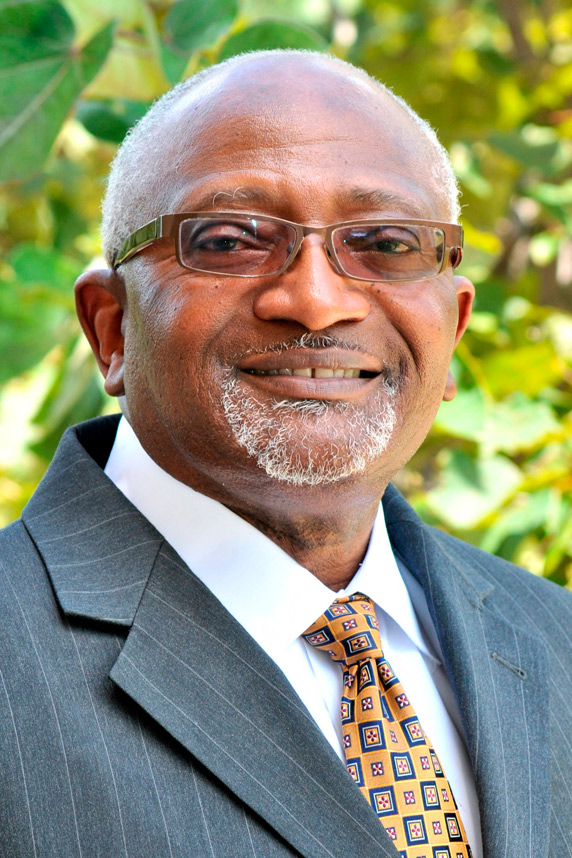 Bullard has authored 18 books on topics ranging from Hurricane Katrina to barriers to social mobility. (Photo courtesy of Robert Bullard)
Bullard has authored 18 books on topics ranging from Hurricane Katrina to barriers to social mobility. (Photo courtesy of Robert Bullard)Environmental health scientists can help address such problems through community-engaged research, according to Bullard, who is an NIEHS grant recipient, prolific author, and renowned thought leader. On March 29, he was named a member of the new White House Environmental Justice Advisory Council.
He is the founding director of the Deep South Center for Environmental Justice in New Orleans. Funded by the NIEHS Worker Training Program, the center helps prepare underserved populations for environmental careers.
Bullard also leads community engagement initiatives at the Maternal and Infant Environmental Health Riskscape Research Center at Baylor College of Medicine and is a distinguished professor of urban planning and environmental policy at Texas Southern University.
A sociologist by training, Bullard has been on the front lines of environmental justice for more than 40 years, and he brings a wealth of knowledge and insight to the table. My hope is that readers absorb his important ideas and become as inspired as I was after speaking with him.
Equal protection under law
Rick Woychik: What is environmental justice?
Robert Bullard: In my view, environmental justice is not so mysterious or complicated that the average person cannot grasp it. It is about embracing the principle that all people and communities are entitled to equal protection under environmental laws, whether related to issues such as housing, transportation, energy, chemical safety, or parks and green spaces.
Proponents believe that it is the right of all individuals to have a safe, clean, livable, and sustainable environment. The goal is to not allow artificial characteristics such as race, class, or geography to impede that right.
Chemical spills and hurricanes
RW: Can you provide an historical perspective on this topic?
RB: Environmental justice emerged decades ago as frontline communities dealt with man-made health threats such as chemical spills and natural disasters such as hurricanes. I started working on these issues in the late 1970s. Those of us who started engaging government on such matters did so in the early 1990s, during the administration of President George H.W. Bush.
Environmental justice was not seen as a partisan political issue but rather about equal protection and equal access to amenities that make communities healthy.
This concept is about more than dealing with pollution and toxic substances. It is also about embracing built and natural features that we know improve lives. These include access to walking trails, grocery stores, and farmers’ markets, as well as transportation that is efficient and affordable for people who do not own cars.
Those are amenities that we often take for granted, but in many low-income communities, their absence is a pressing issue. Unfortunately, we have known for many years that zip code is probably the best predictor of health and well-being. Tell me where someone is from, and I can pretty much tell you how healthy he or she is.
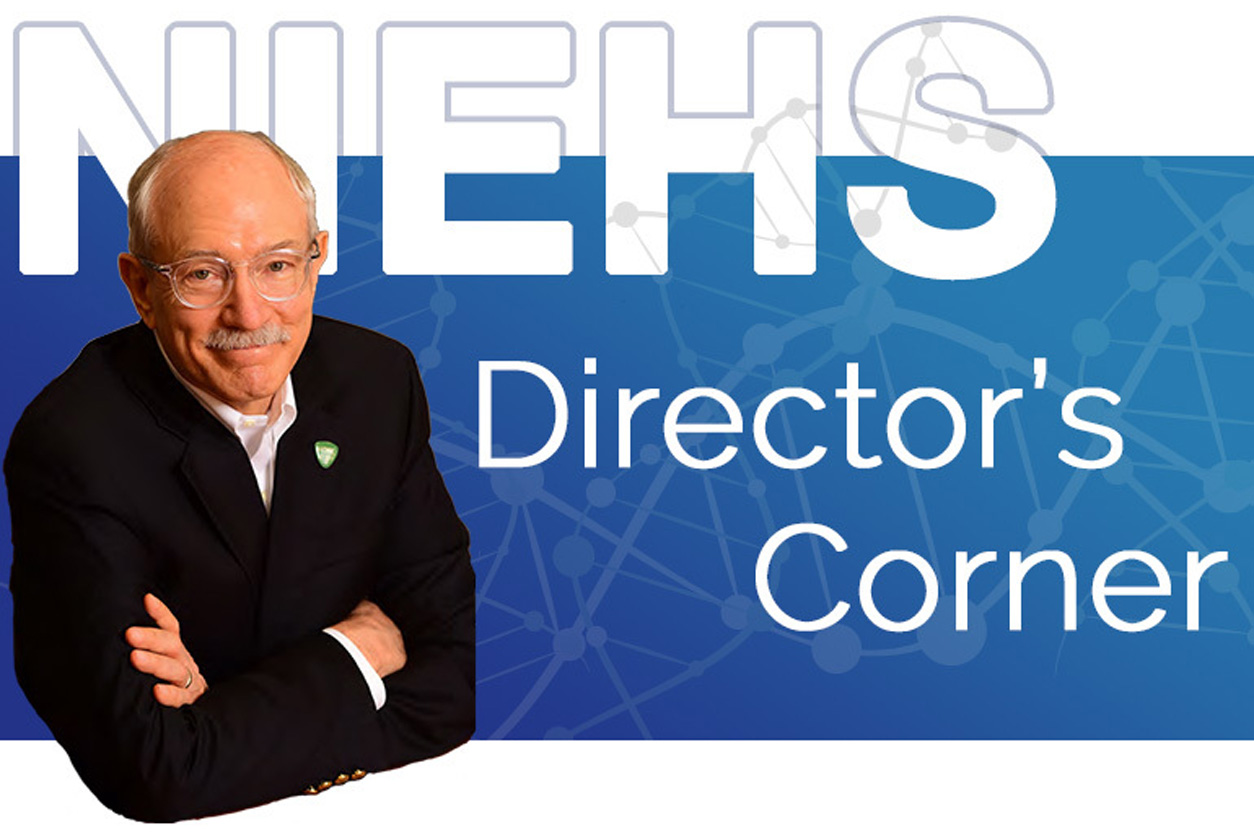 Environmental justice involves a variety of disciplines. Bullard’s field, sociology, offers important insights. (Image courtesy of NIEHS)
Environmental justice involves a variety of disciplines. Bullard’s field, sociology, offers important insights. (Image courtesy of NIEHS)Community engagement matters
RW: Yes, that is true, and what a sad state of affairs. Have you seen any progress since you first started studying environmental justice issues?
RB: A key aspect of environmental justice is that it is at the intersection of many social and economic issues. I have been involved with the NIEHS Worker Training Program since 1995, back when Kenneth Olden [Ph.D.] was director.
I know firsthand that the program has a record of success in terms of preparing people for good jobs that strengthen families and allow individuals to live happier and healthier lives. The initiative has helped workers transition to green jobs and fields such as environmental cleanup, which enhances quality of life in their communities.
Another area where I have seen progress is community-based participatory research. Fostering healthy, livable, and resilient communities requires taking scientific research and then applying it to policy to provide real solutions. In fact, NIEHS is a leader in developing this kind of model, in which communities affected by environmental justice issues collaborate with scientists to turn research into action that measurably improves public health outcomes.
Solutions do not always come from someone sitting in an ivory tower or governmental office. They often emerge from communities that have localized knowledge and insights into the specific issues they face. This insight may seem obvious today, but decades ago, it was not fully appreciated.
 “I am optimistic that in the coming years, we as a society can make transformative change on the issue of environmental justice,” Bullard told me. (Image courtesy of NIEHS)
“I am optimistic that in the coming years, we as a society can make transformative change on the issue of environmental justice,” Bullard told me. (Image courtesy of NIEHS)All in all, there has been tremendous progress over the years, but much has come in baby steps. For too long, environmental justice was a footnote instead of a headline. However, in 2021, I see signs of hope that more and more leaders and researchers are recognizing its importance.
The North Star for those of us who study environmental justice issues is the idea that in this great country, social status should not hinder life, liberty, and the pursuit of happiness. Whether we are talking about racial disparities or lack of community gardens, headway comes when we recognize the problem and roll up our sleeves to make change.
Environmental justice priorities
RW: Very well said, and I could not agree more. Speaking of racial disparities, NIH [National Institutes of Health] Director Francis Collins [M.D., Ph.D.] recently launched an initiative called UNITE [see sidebar], which NIEHS has embraced. I believe it will help to address many issues you raise.
UNITE seeks to address health disparities through research and translation, as well as enhancing institutional culture and workforce diversity. Are there issues that you believe the biomedical and environmental health sciences community should focus on in the coming years to help tackle the problems you have described?
RB: I think it is important to provide frontline communities with more knowledge about the cumulative environmental health problems they experience. Years ago, researchers seemed to focus on one chemical at a time, when in reality, individuals deal with numerous exposures from multiple sources and not just toxic substances.
So, I think providing low-income and minority individuals with more insight into potential cumulative effects is critical. Also, I see opportunities to expand access to pollution monitoring devices, which have come down significantly in price but show great efficacy and reliability.
Chemical safety is another major issue. In many of these communities, there is no buffer between the neighborhood and exposures, spills, explosions, and so forth. Many people do not know what chemicals persist in their daily environment. That can lead to a certain level of mental stress, which comes with its own set of problems.
Providing knowledge about potential hazards is key. There should be more discussion among policymakers about individuals’ proximity to such hazards and what can be done about it.
Finally, communities need access to timely environmental health information and support systems. This is where research translation and relationship building come into play. University–community partnerships will play a major role in helping individuals understand how their environment may affect them, and I think more resources should be devoted to such collaborations. Leadership must come from all walks of life — business, academia, faith-based groups, government, nonprofits, and so on.
Justice and equality are issues that we have to deal with immediately and not just say ‘Well, we can get to that later.’ This is the right thing to do, and now is the right time to do it.
(Rick Woychik, Ph.D., directs NIEHS and the National Toxicology Program.)





